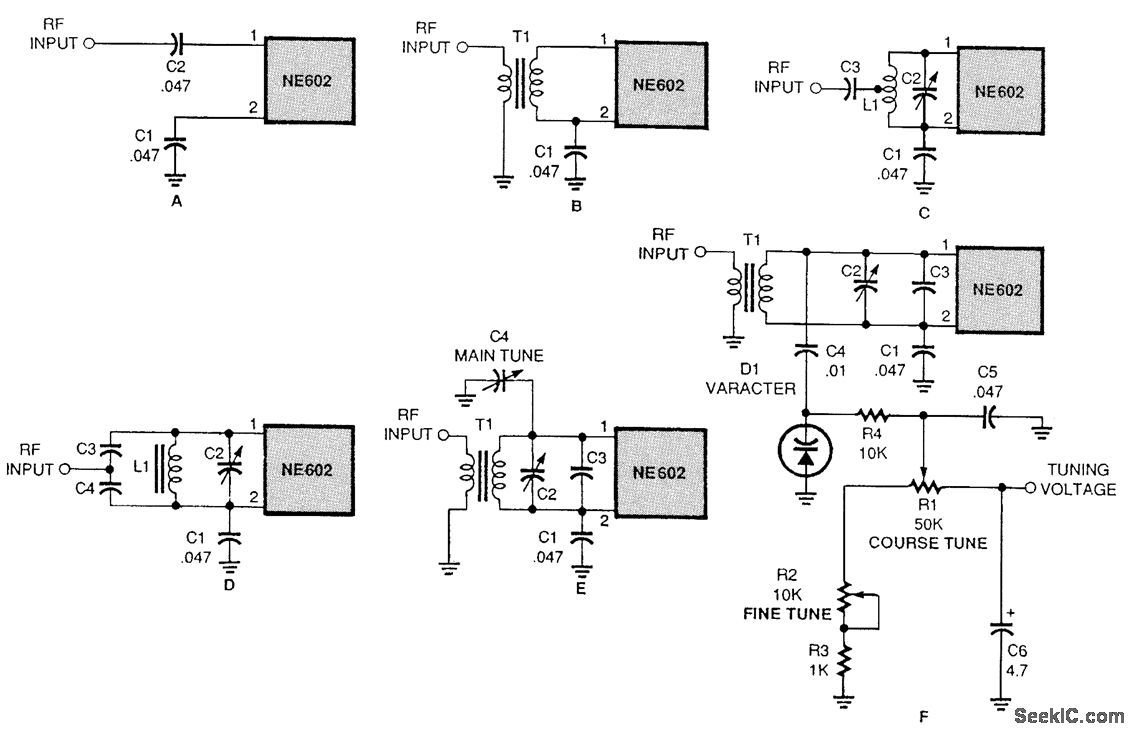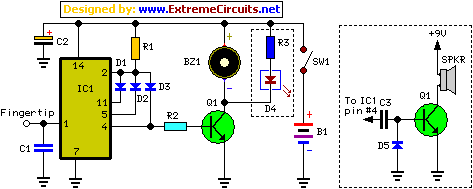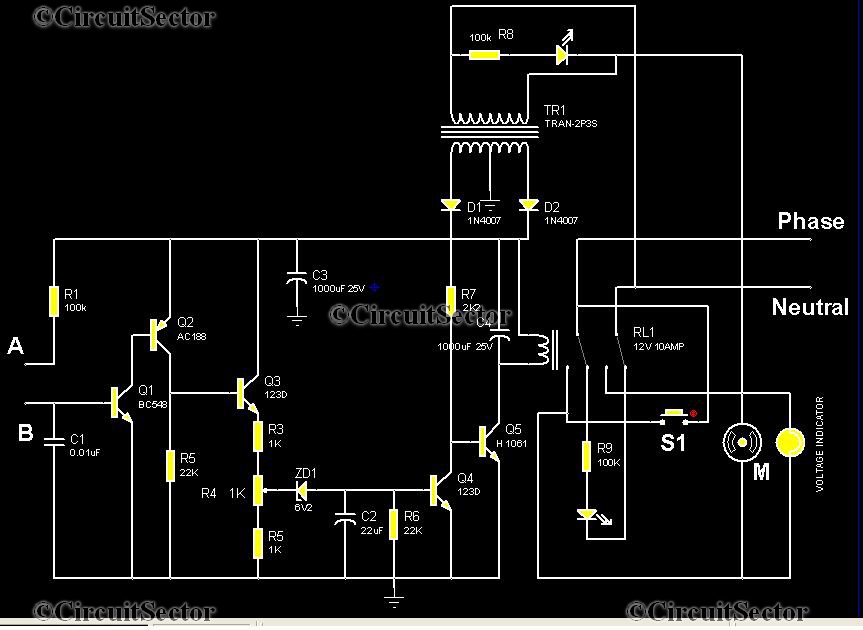
12V DC Fluorescent Lamp Circuit

This article presents a driver circuit for a 12V, 5W fluorescent lamp. The circuit utilizes a standard 220V to 10V step-down transformer operated in reverse to achieve a 12V output.
The driver circuit for a 12V, 5W fluorescent lamp is designed to efficiently convert high voltage AC power to a lower voltage suitable for the lamp operation. The use of a standard 220V to 10V step-down transformer in reverse is a practical approach, as it allows for the manipulation of voltage levels without the need for additional complex circuitry.
The circuit typically consists of the following components: a transformer, a rectifier, a filter capacitor, and a ballast resistor. The transformer is connected to the AC mains supply, and when operated in reverse, it steps down the voltage to 12V. The output from the transformer is then fed into a rectifier circuit, which converts the AC voltage to DC. A common choice for the rectifier is a bridge rectifier configuration, which ensures that the output is smooth and stable.
Following the rectifier, a filter capacitor is employed to eliminate any remaining ripple in the DC output, providing a more stable voltage for the fluorescent lamp. The value of the filter capacitor must be selected carefully to balance between size and performance, ensuring that the output voltage remains within acceptable limits for the lamp.
The ballast resistor is essential for controlling the current flowing through the fluorescent lamp, preventing it from drawing excessive current, which could lead to damage or reduced lifespan. The resistor value is determined based on the specifications of the lamp and the desired operating conditions.
This circuit design is advantageous due to its simplicity and the availability of standard components, making it accessible for various applications. Care should be taken during the implementation to ensure that all components are rated appropriately for the voltages and currents involved, as safety is paramount when working with electrical circuits.In this article I will offer driver circuit for 12 V/5Watt fluorescent lamp, this circuit used a normal 220 to 10V stepdown transformer in reverse to step 12V. 🔗 External reference
The driver circuit for a 12V, 5W fluorescent lamp is designed to efficiently convert high voltage AC power to a lower voltage suitable for the lamp operation. The use of a standard 220V to 10V step-down transformer in reverse is a practical approach, as it allows for the manipulation of voltage levels without the need for additional complex circuitry.
The circuit typically consists of the following components: a transformer, a rectifier, a filter capacitor, and a ballast resistor. The transformer is connected to the AC mains supply, and when operated in reverse, it steps down the voltage to 12V. The output from the transformer is then fed into a rectifier circuit, which converts the AC voltage to DC. A common choice for the rectifier is a bridge rectifier configuration, which ensures that the output is smooth and stable.
Following the rectifier, a filter capacitor is employed to eliminate any remaining ripple in the DC output, providing a more stable voltage for the fluorescent lamp. The value of the filter capacitor must be selected carefully to balance between size and performance, ensuring that the output voltage remains within acceptable limits for the lamp.
The ballast resistor is essential for controlling the current flowing through the fluorescent lamp, preventing it from drawing excessive current, which could lead to damage or reduced lifespan. The resistor value is determined based on the specifications of the lamp and the desired operating conditions.
This circuit design is advantageous due to its simplicity and the availability of standard components, making it accessible for various applications. Care should be taken during the implementation to ensure that all components are rated appropriately for the voltages and currents involved, as safety is paramount when working with electrical circuits.In this article I will offer driver circuit for 12 V/5Watt fluorescent lamp, this circuit used a normal 220 to 10V stepdown transformer in reverse to step 12V. 🔗 External reference





